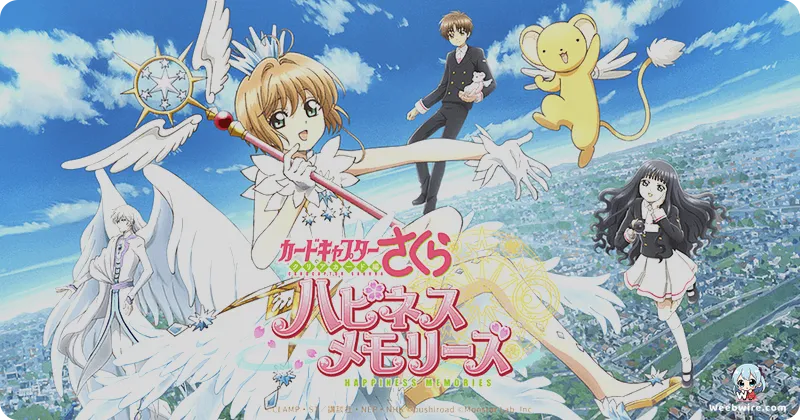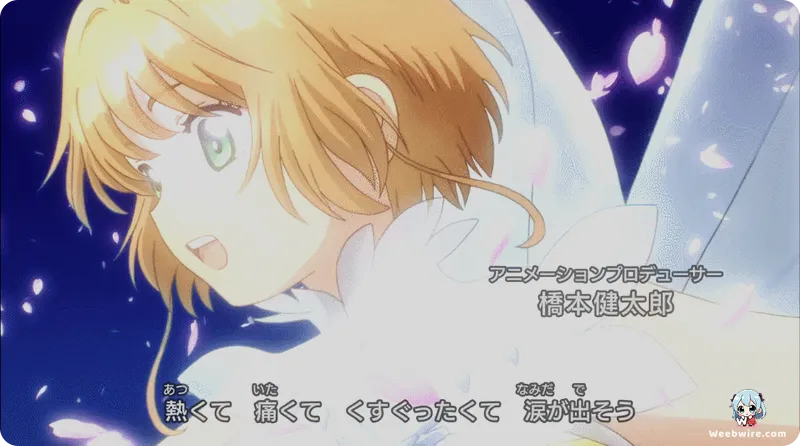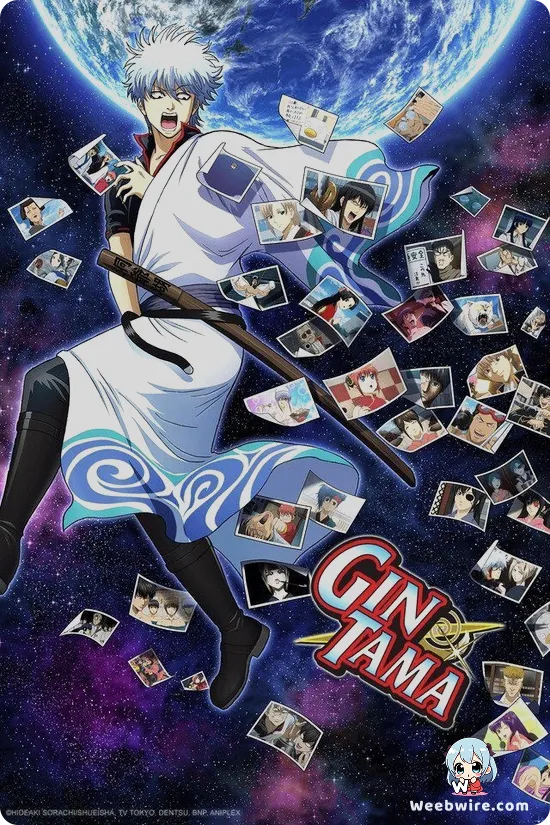Beyond the Clow Cards: Cardcaptor Sakura's Secret History, Progressive Legacy, and Enduring Anime Impact

Since its captivating 1998 debut, Cardcaptor Sakura has enchanted global audiences, transcending the typical magical girl genre to become a cherished cultural touchstone. Beyond Sakura Kinomoto's iconic quest to reclaim the mystical Clow Cards, the series is a rich tapestry of progressive themes, delightful quirks, and fascinating insights that continue to resonate decades later, solidifying its pioneering place in anime history.
A core element of the series' visual charm lies in Sakura's elaborate battle costumes, each meticulously designed and lovingly sewn by her devoted best friend, Tomoyo Daidouji. This dedication isn't just a hobby; it's a powerful symbol of Tomoyo's unwavering support and deep affection, making her an indispensable ally and personal documentarian, contributing unparalleled visual magnificence.

The series' endearing guardian, Cerberus, known as Kero-chan, embodies a captivating duality. While a formidable magical creature whose true form is a majestic winged lion, he primarily appears as a small, plush-like figure. This cuddly exterior cleverly masks immense power, providing comedic relief with his love for sweets, while his rare, impactful transformations dramatically remind audiences of the profound magical forces at play.
Syaoran Li, initially Sakura's stern rival and eventually her heartfelt love interest, undergoes one of the series' most compelling character arcs. His evolution from a competitive Clow Reed descendant to a supportive companion is central, with the manga and Clear Card arc offering deeper insights into his extensive family.
Cardcaptor Sakura is also lauded for its remarkably progressive portrayal of relationships, a characteristic truly ahead of its time for a children's series. It sensitively explores diverse forms of love, including same-sex attraction, without judgment. Relationships like Touya Kinomoto and Yukito Tsukishiro, and the implied feelings between Rika Sasaki and Mr. Terada, are depicted with a gentle, accepting tone, fostering understanding and empathy among young viewers.
The acclaimed MADHOUSE animation studio expertly brought CLAMP's intricate manga to vibrant life. Their work showcases fluid movement, breathtaking colors, and meticulous detail, with magical sequences rendered with astonishing artistry, cementing its benchmark status for magical girl animation.
However, the series' journey to Western audiences faced infamous challenges. The North American localization, 'Cardcaptors' by Nelvana, controversially edited the original, reordering episodes, cutting portions, and altering dialogue to downplay romance and shift focus. This drastic reinterpretation led to confusion and strong backlash, serving as a cautionary tale in localization regarding cultural sensitivity.
Finally, the enigmatic Clow Cards, central to Sakura’s quest, are steeped in fascinating lore. Each of the 52 (later 53) cards possesses unique abilities, drawing inspiration from diverse mythologies. Their creator, Clow Reed, a powerful magician of mixed British and Chinese heritage, explains the blend of magical influences and provides the ancestral link to Syaoran Li.
Cardcaptor Sakura’s enduring global appeal stems from these layers of thoughtful detail, groundbreaking progressive themes, and consistent artistic excellence. It remains a timeless classic, cherished for its ability to weave complex narratives and meaningful messages into a delightful magical adventure.
Credits
Cardcaptor Sakura
Author
CLAMP
Cover Art
CLAMP
Studio
MADHOUSE
Publisher
Kodansha
Producers





